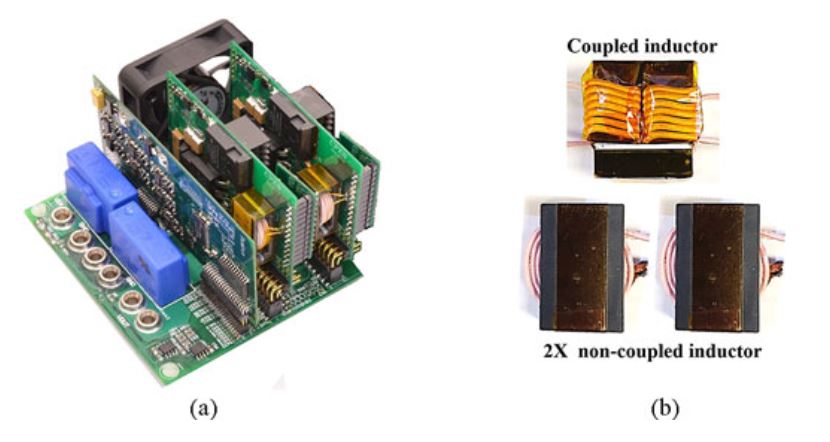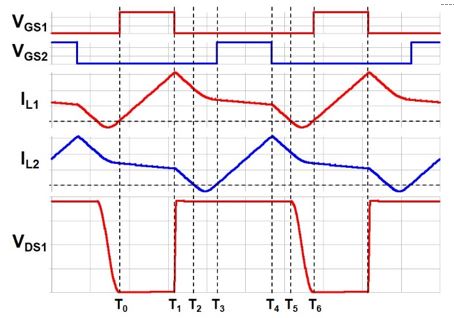LIBRARY
High-Frequency High-Efficiency GaN-Based Interleaved CRM Bidirectional Buck/Boost Converter with Inverse Coupled Inductor

In recent years, the GaN HEMT has emerged as a promising device for high frequency, high efficiency, and high density power conversion due to a better figure of merit than comparable Si and SiC transistors. The switching frequency has been continuously pushed up several MHz to both reduce passive components size and increase power density. Previous research concludes that the turn-on switching loss is dominant due to reverse recovery charge or junction capacitor charge of the free-wheeling device at hard-switching condition. On the other hand, the turn-off loss is negligible because of the intrinsic current source driving mechanism that existed in the cascode structure. These important switching characteristics imply that zero-voltage-switching (ZVS) is still desired for GaN devices in the high frequency application while the turn off current is no longer a big concern for cascode GaN devices.
The critical current mode (CRM) operation is the most simple and effective way to achieve ZVS and is widely used in medium-low power applications. The conventional CRM operation has some limitations in high frequency and requires further improvement. The concept of the coupled inductor has been applied successfully in the interleaved voltage regulator modules for the improvement of the efficiency and transient response. Two-phase buck/boost converters with a coupled inductor prototype are shown in Fig. 1(a). A comparison between the coupled and non-coupled inductor is shown in Fig. 1(b) demonstrating the significant reduction of the inductor size with coupling. The key waveforms are shown in Fig. 2. The resonant period in the CRM reduces with the coupled inductor when compared to the non-coupled condition, which is beneficial for high frequency operation. The soft-switching range and the circulating energy are both improved with the coupled inductor in CRM. The coupled inductor prototype efficiency is 98.5% at 1MHz, which is 0.5% higher than the non-coupled one.























































































